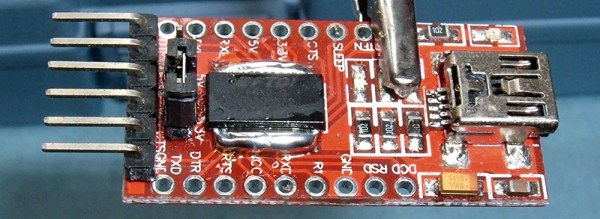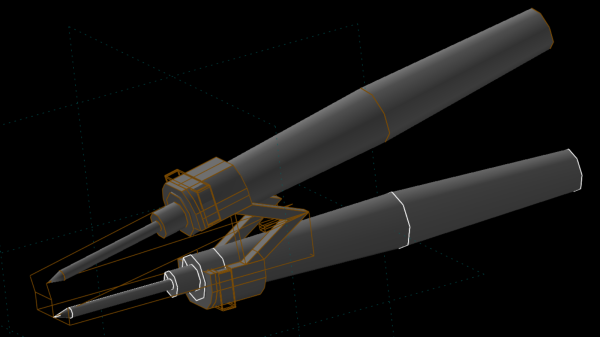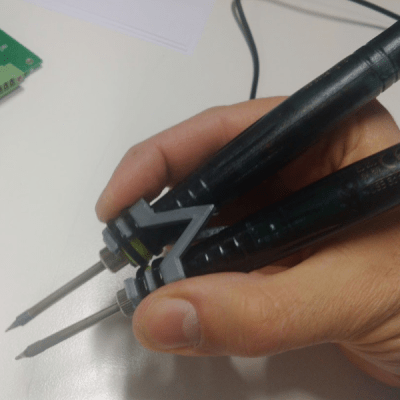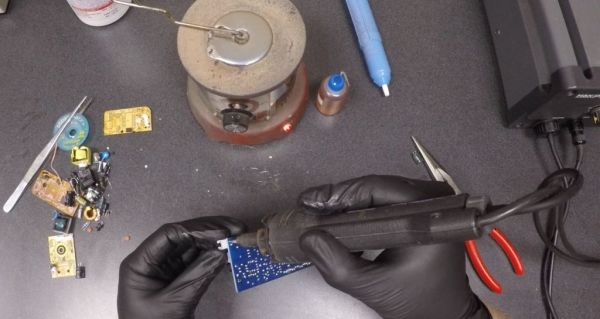If you are an electronics enthusiast who has a tendency to hoard junk because it Might Be Useful Someday, you may well have a significant experience when it comes to desoldering. Why order that component, when you’ve got one on this old board?
So we’ve become experts in removing old components from dead PCBs, so when it comes to desoldering techniques you might think we’ve seen it all, there’s nothing new to learn. Then along comes [fede.tft], with a tip of a desoldering tool that’s new to us. The video below the break from [MSylvain59] demonstrates the needles in action, what do you think? Have any of you used a desoldering needle?
This is a set of tools you might use to desolder a through-hole component with a wire-end poking out beneath the board. The idea is that as stainless steel needles the solder won’t adhere to them, so you can select the appropriate size and use it to push out the lead from below.
We remain to be convinced, as it seems to be a slightly more fiddly way to do what we’ve used a small screwdriver for to lever from above the board for years, but it’s always worth talking about a tool that could be a useful new weapon in our armoury.




 [adria.junyent-ferre] took a pair of cheap £5 USB soldering irons and turned them into a nifty pair of
[adria.junyent-ferre] took a pair of cheap £5 USB soldering irons and turned them into a nifty pair of 














